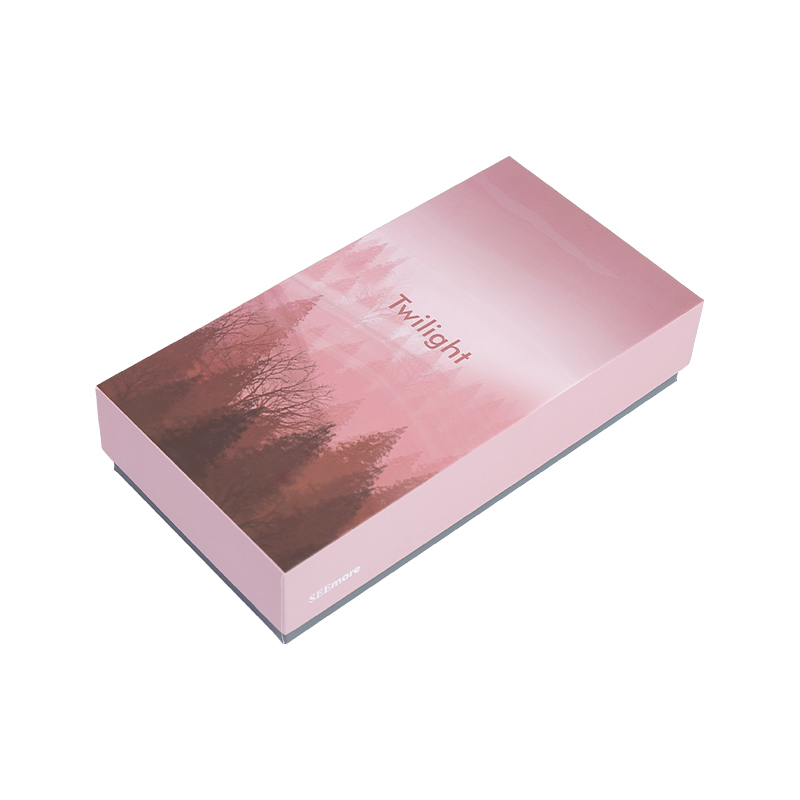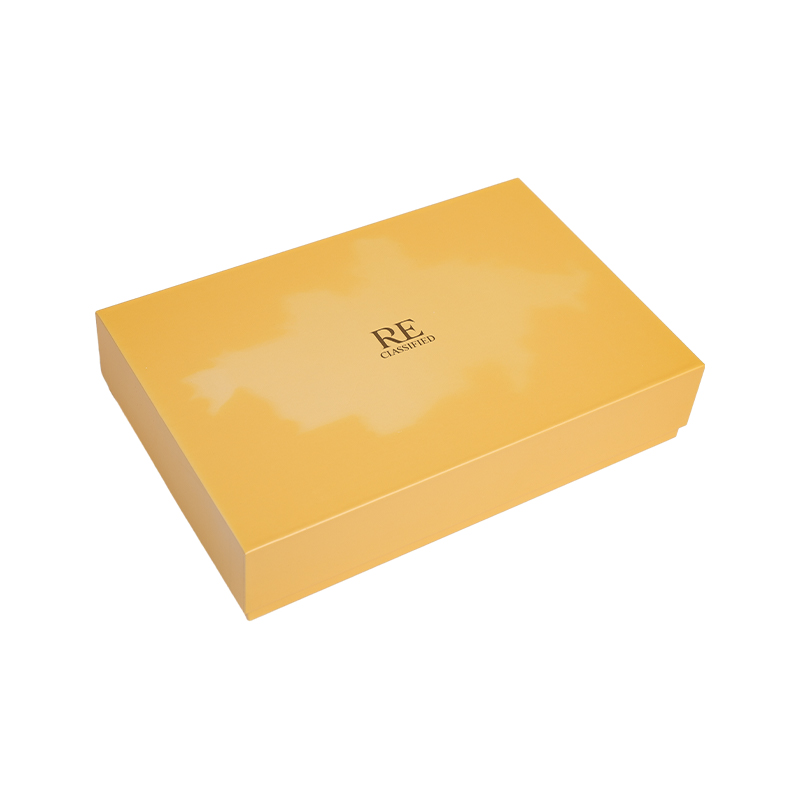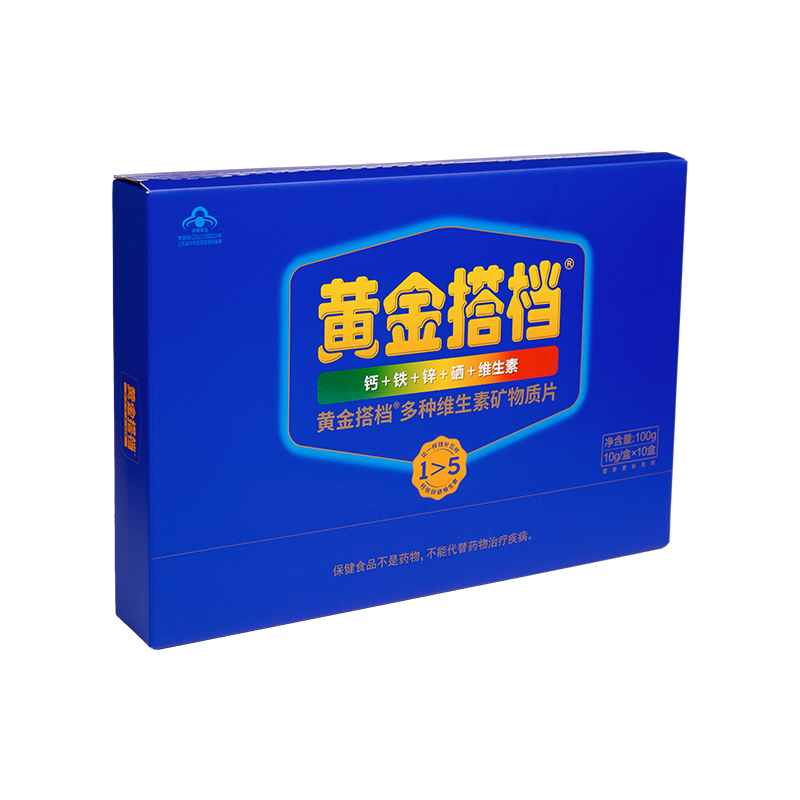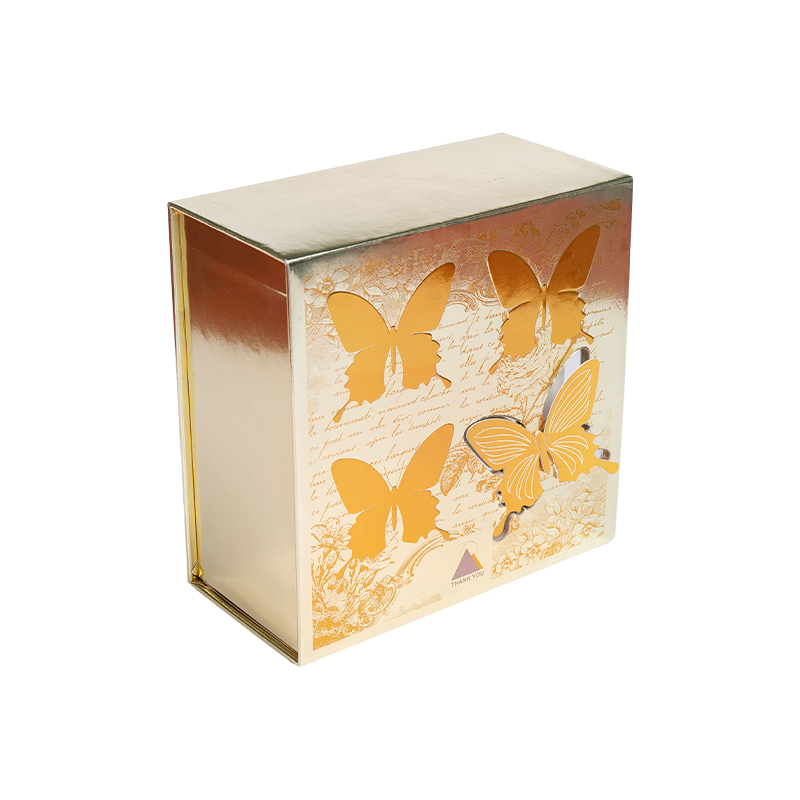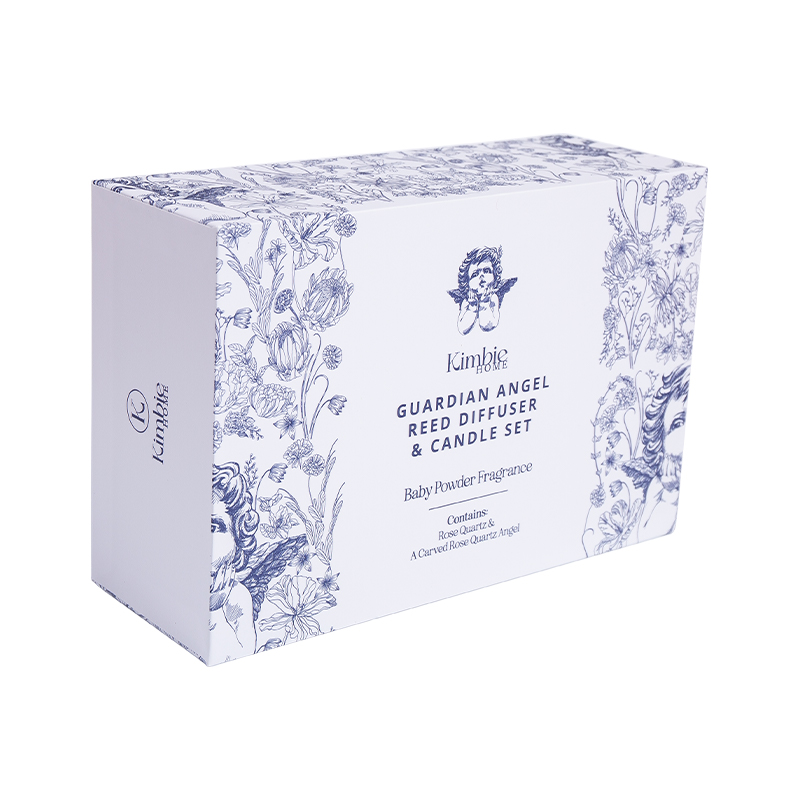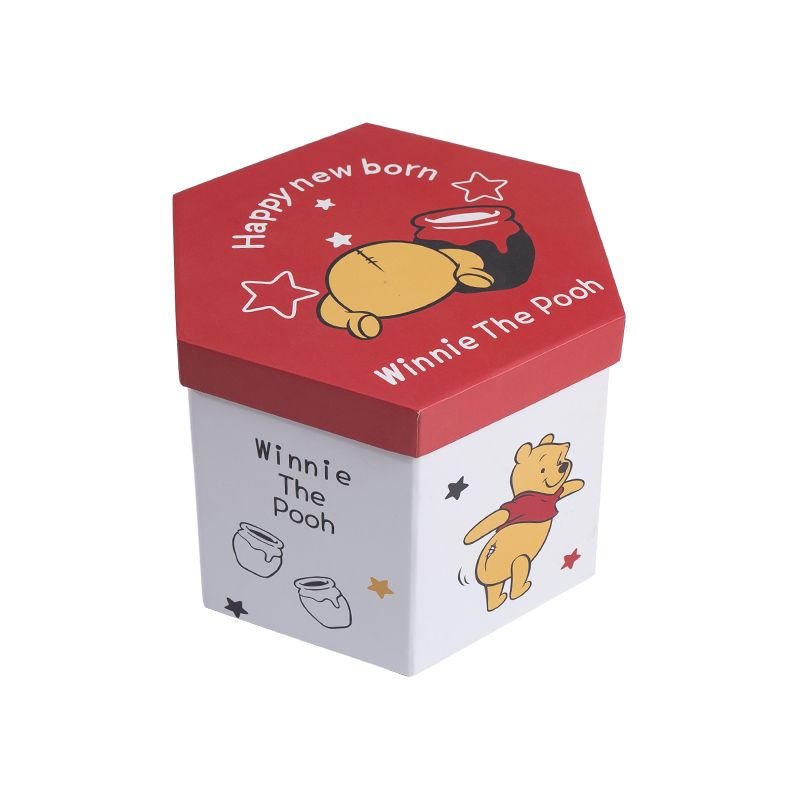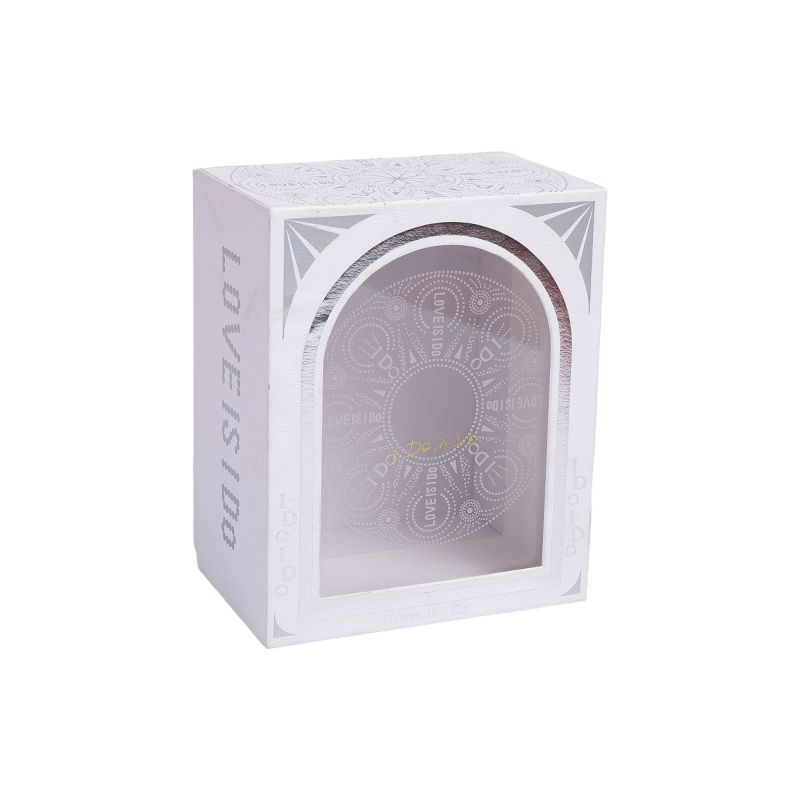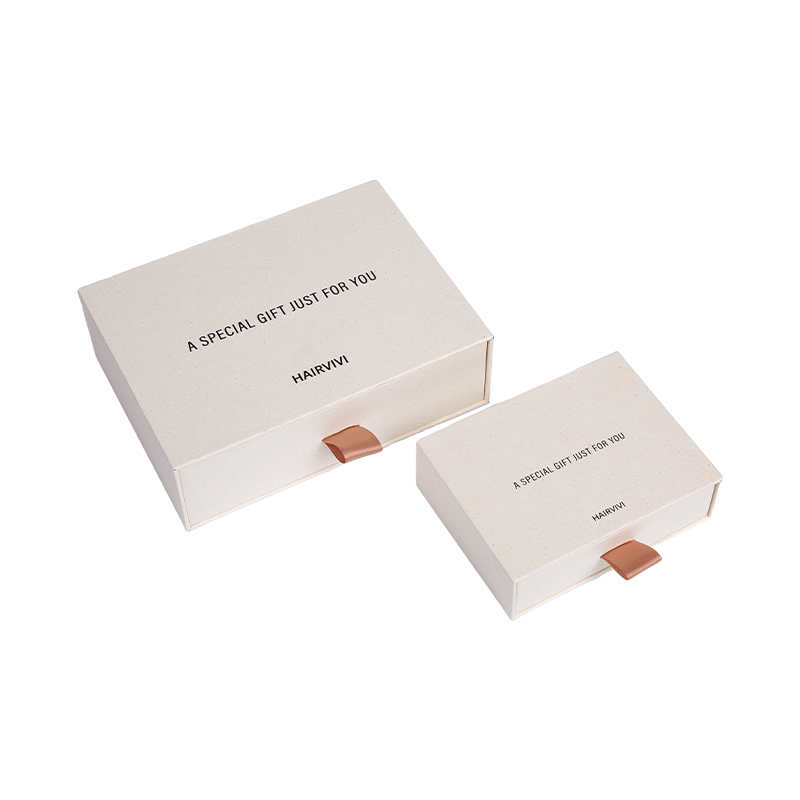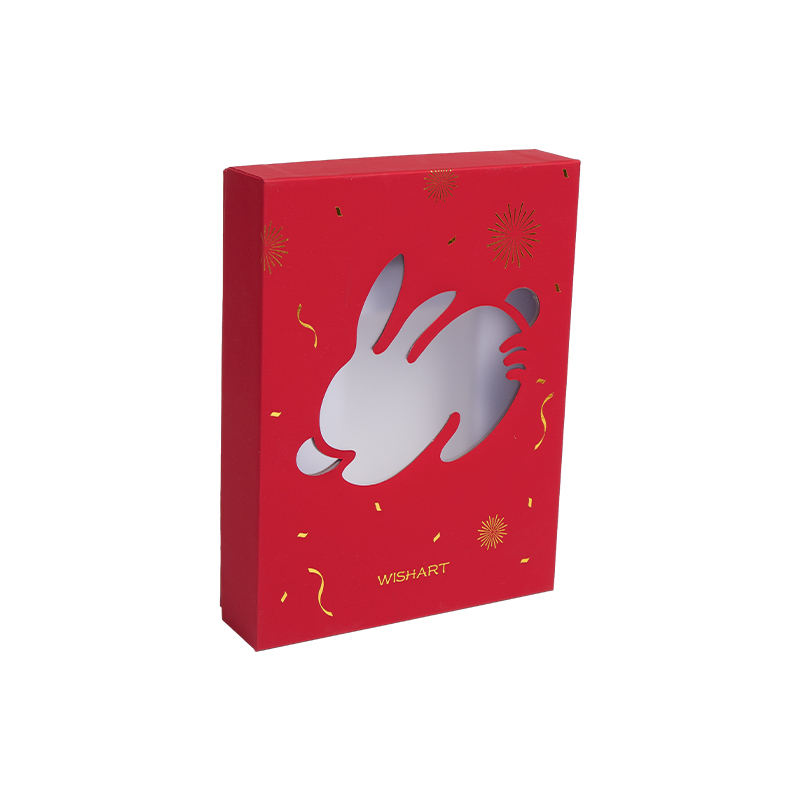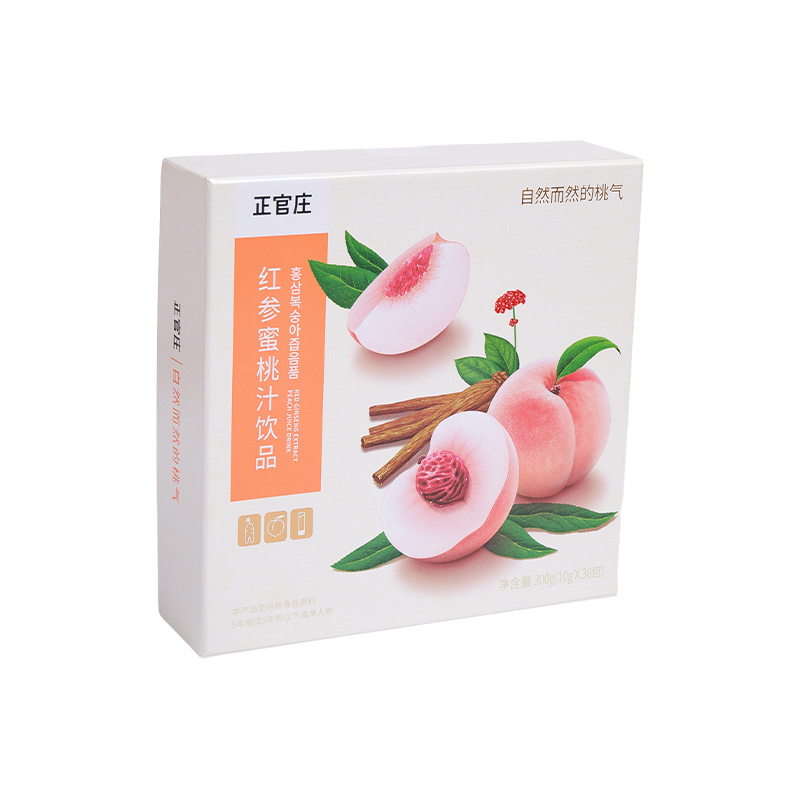Introduction: The Role of Cardboard Packaging Boxes in Modern Commerce
In today’s fast-paced commercial landscape, cardboard packaging boxes have become a cornerstone of product protection and branding. Beyond their role in safeguarding goods, these boxes serve as a medium for brand expression, marketing, and logistical efficiency. Among the various features that define high-quality cardboard packaging, the corrugated structure stands out as a critical element that enhances durability, functionality, and adaptability.
The demand for ecommerce packaging has surged alongside the growth of online shopping. Businesses increasingly seek packaging solutions subscription boxes that offer both protection and aesthetic appeal. Within this context, understanding why corrugated packaging is vital becomes essential for manufacturers, retailers, and logistics operators alike.
Understanding Corrugated Structure
A corrugated structure consists of a fluted corrugated sheet sandwiched between one or more linerboards. This design introduces multiple layers of strength and rigidity, allowing the box to withstand compressive forces, shocks, and vibrations during handling and transit.
The corrugated design is not arbitrary; it is engineered to optimize several key performance parameters:
Structural Integrity: The fluted core acts as a cushion, absorbing impacts and protecting fragile contents.
Lightweight Strength: Despite its robust nature, corrugated cardboard remains lightweight, reducing shipping costs.
Versatility: Corrugated packaging can be tailored for different sizes, shapes, and product categories, making it ideal for subscription boxes and ecommerce packaging.
The combination of these characteristics makes corrugated cardboard boxes a preferred choice for modern packaging solutions.
Types of Corrugated Cardboard for Packaging
Corrugated packaging comes in various forms, primarily differentiated by the number of layers and flute profiles. The flute type affects both cushioning properties and stacking strength.
| Type | Description | Common Applications |
|---|---|---|
| Single Wall | One fluted layer between two liners | Standard ecommerce packaging, small retail boxes |
| Double Wall | Two fluted layers with three liners | Heavier items, durable subscription boxes |
| Triple Wall | Three fluted layers with four liners | Industrial packaging, bulk shipping containers |
| Micro-Flute | Smaller flutes with high-density arrangement | Premium packaging solutions, delicate electronics |
Selecting the right type of corrugated structure depends on the weight of the product, the level of protection required, and logistical considerations.
Advantages of Corrugated Structure in Cardboard Packaging Boxes
Protection and Durability
The primary advantage of corrugated packaging is its ability to protect products from external stressors. The fluted core distributes weight evenly, preventing crushing during stacking. This feature is especially crucial for ecommerce packaging, where parcels may undergo multiple handling stages.
Customization and Branding Opportunities
Corrugated cardboard offers an ideal surface for printing, embossing, and finishing. Companies can use this to create distinctive subscription boxes that reinforce brand identity while maintaining structural integrity.
Sustainability and Environmental Benefits
Many cardboard packaging boxes are recyclable and made from recycled materials. The corrugated structure enhances durability, allowing boxes to be reused before recycling. This aligns with the growing trend of eco-friendly packaging in ecommerce.
Cost Efficiency
Corrugated packaging balances strength with material efficiency. Single-wall corrugated boxes, for example, provide adequate protection for many products while keeping material costs low. For heavier items, double or triple-wall configurations offer reinforcement without drastically increasing cost.
Role in Ecommerce Packaging
The rise of ecommerce has highlighted the importance of reliable packaging. Packages often travel long distances and are subjected to rough handling. Corrugated packaging ensures that products arrive intact, enhancing customer satisfaction and reducing return rates.
Additionally, the versatility of corrugated cardboard allows for efficient storage and transportation. Stackable designs and foldable structures reduce warehouse space usage and optimize shipping operations.
| Packaging Type | Best Use Case | Notes |
|---|---|---|
| Single-wall cardboard boxes | Books, small electronics | Lightweight, cost-effective |
| Double-wall cardboard boxes | Subscription boxes with multiple items | Enhanced durability for fragile contents |
| Custom die-cut corrugated boxes | Premium ecommerce packaging | High brand visibility and protection |
| Micro-flute boxes | High-end cosmetics, tech gadgets | Smooth printing surface, delicate cushioning |
Corrugated Packaging in Subscription Boxes
Subscription boxes represent a growing sector of ecommerce packaging. These boxes must combine protection, presentation, and convenience. Corrugated cardboard provides the structural strength necessary to secure items, while allowing for visually appealing designs that enhance unboxing experiences.
Packaging solutions subscription boxes rely on precise engineering of the corrugated structure to prevent damage during transit. The fluted core allows for inserts, dividers, and padding to fit snugly without compromising box integrity.
Engineering and Quality Considerations
While corrugated cardboard offers numerous advantages, its effectiveness depends on precise engineering:
Flute Profile Selection: Different flute sizes provide varying degrees of cushioning and rigidity.
Material Quality: The combination of recycled and virgin fibers impacts box strength.
Edge Crush Test (ECT) Rating: Determines the box’s stacking strength.
Burst Strength: Measures resistance to puncture and external pressure.
Manufacturers of ecommerce packaging consider these parameters carefully to ensure that the boxes meet shipping standards while maintaining lightweight efficiency.
Corrugated Packaging Beyond Protection
Corrugated cardboard packaging is not just about safety; it is also a marketing tool. Its surfaces can accommodate vibrant graphics, product information, and branding elements. Subscription boxes, in particular, leverage the tactile and visual qualities of corrugated cardboard to enhance customer experience.
Moreover, corrugated packaging is increasingly being integrated into multifunctional designs, such as reusable containers, modular shipping units, and customizable inserts. This flexibility adds value to both retailers and consumers.
| Feature | Benefit | Impact on Ecommerce Packaging |
|---|---|---|
| Fluted core | Shock absorption | Reduces product damage during shipping |
| Layered construction | Load distribution | Enables stacking without crushing |
| Printable surface | Branding opportunities | Enhances customer engagement |
| Lightweight design | Reduced shipping cost | Supports scalable ecommerce operations |
| Recyclable material | Environmental sustainability | Aligns with green packaging initiatives |
Future Trends in Corrugated Packaging
As ecommerce continues to expand, corrugated packaging is evolving to meet new demands:
Advanced Flute Designs: Optimized for both protection and material efficiency.
Sustainable Materials: Increased use of biodegradable coatings and recycled fibers.
Smart Packaging: Integration of QR codes, sensors, and interactive elements.
Customization at Scale: Automation in printing and die-cutting allows for personalized subscription boxes without sacrificing structural integrity.
These trends reinforce the enduring importance of corrugated structure in cardboard packaging boxes and highlight its adaptability to future market needs.
Conclusion
The corrugated structure is fundamental to the functionality, durability, and versatility of cardboard packaging boxes. From ecommerce packaging to subscription boxes, corrugated packaging ensures that products are protected, presented attractively, and shipped efficiently. By combining strength, sustainability, and branding opportunities, corrugated cardboard remains an essential component of modern packaging solutions.

 中文简体
中文简体 
 English
English